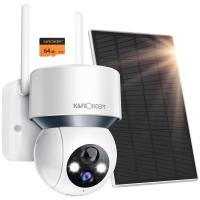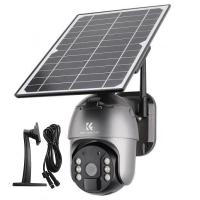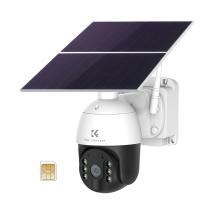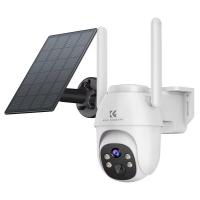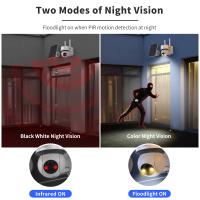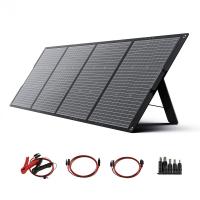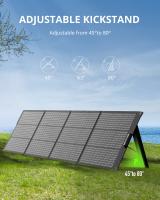How Much Do Commercial Solar Panels Cost?
The cost of commercial solar panels is a topic of significant interest for many businesses looking to reduce their energy expenses and carbon footprint. As a professional knowledge blogger, I aim to provide a comprehensive overview of the factors influencing the cost of commercial solar panels, the potential financial benefits, and practical considerations for businesses contemplating this investment.
Understanding the Cost Components of Commercial Solar Panels

The cost of commercial solar panels is influenced by several key factors, including the size of the installation, the type of solar panels used, the complexity of the installation, and the geographic location of the business. Here’s a breakdown of these components:
1. Size of the Installation: The size of the solar panel system, measured in kilowatts (kW), is one of the most significant factors affecting the overall cost. Larger systems typically have a lower cost per watt due to economies of scale. For example, a 100 kW system might cost less per watt than a 50 kW system.
2. Type of Solar Panels: There are different types of solar panels available, including monocrystalline, polycrystalline, and thin-film panels. Monocrystalline panels are generally more efficient and more expensive, while polycrystalline panels are less efficient but more affordable. Thin-film panels are typically used in specific applications and can vary widely in cost.
3. Installation Complexity: The complexity of the installation can also impact the cost. Factors such as roof type, roof angle, and the presence of shading can affect the installation process. Ground-mounted systems may require additional infrastructure, such as mounting racks and trenching for electrical connections, which can increase costs.
4. Geographic Location: The cost of solar panel installations can vary by region due to differences in labor costs, permitting fees, and local incentives. Areas with higher solar irradiance (sunlight exposure) may also see a quicker return on investment, which can influence the overall cost-benefit analysis.
Average Cost of Commercial Solar Panels
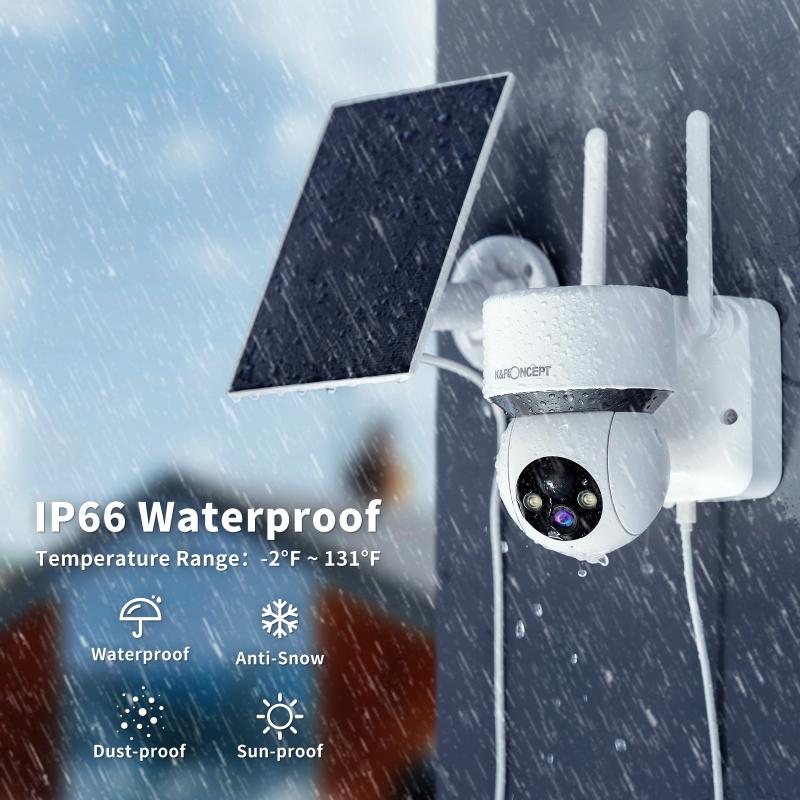
As of 2023, the average cost of commercial solar panel installations in the United States ranges from $1.50 to $2.50 per watt. This means that a 100 kW system could cost between $150,000 and $250,000 before any incentives or rebates. It’s important to note that these figures are averages, and actual costs can vary based on the factors mentioned above.
Financial Incentives and Rebates
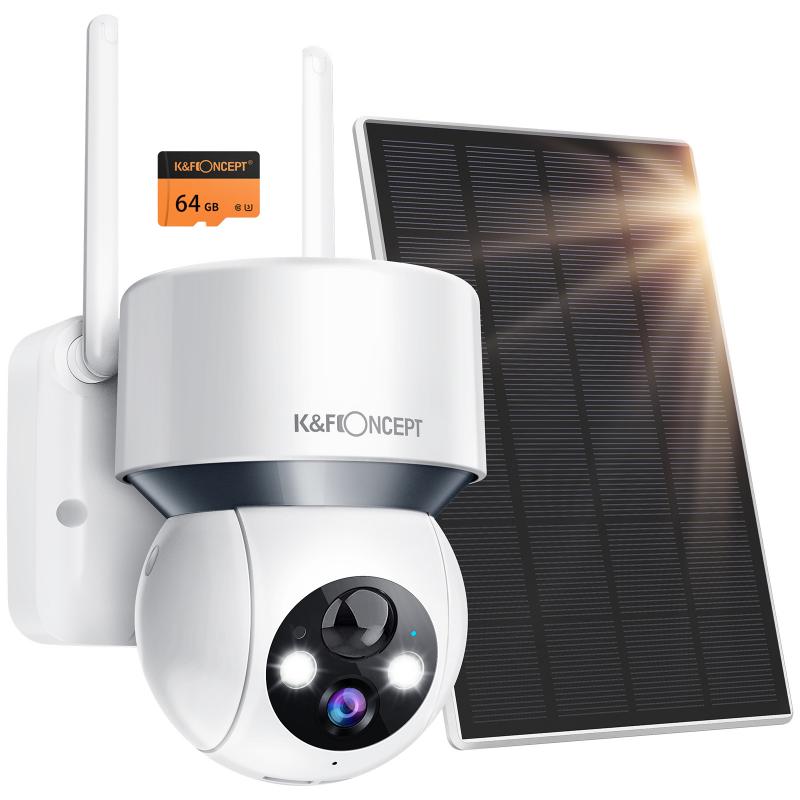
One of the most compelling reasons for businesses to invest in commercial solar panels is the availability of financial incentives and rebates. These can significantly reduce the upfront cost and improve the return on investment. Some of the most common incentives include:
1. Federal Investment Tax Credit (ITC): The ITC allows businesses to deduct a significant percentage of the cost of installing a solar energy system from their federal taxes. As of 2023, the ITC offers a 26% tax credit for commercial solar installations.
2. Depreciation Benefits: Businesses can also take advantage of the Modified Accelerated Cost Recovery System (MACRS), which allows for accelerated depreciation of solar energy systems. This can provide substantial tax savings over the life of the system.
3. State and Local Incentives: Many states and local governments offer additional incentives, such as rebates, grants, and performance-based incentives. These can vary widely by location, so it’s essential to research the specific incentives available in your area.
4. Net Metering: Net metering policies allow businesses to sell excess electricity generated by their solar panels back to the grid, effectively reducing their energy bills. The specifics of net metering policies can vary by state and utility company.
Calculating the Return on Investment (ROI)
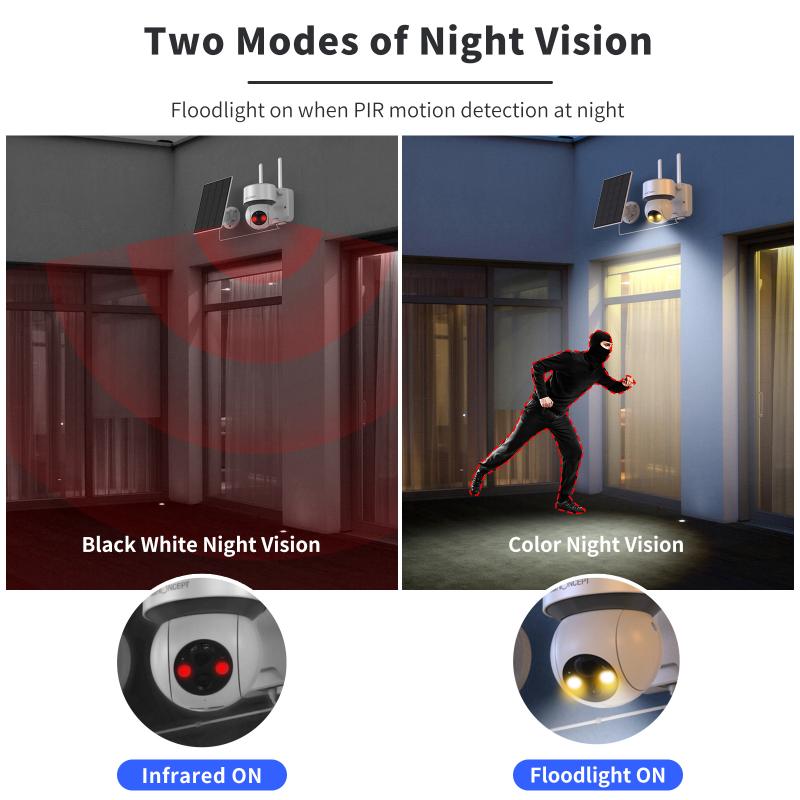
To determine the financial viability of a commercial solar panel installation, businesses need to calculate the return on investment (ROI). This involves considering the initial cost, ongoing maintenance expenses, energy savings, and any applicable incentives. Here’s a simplified approach to calculating ROI:
1. Initial Cost: Calculate the total cost of the solar panel system, including equipment, installation, and any additional infrastructure.
2. Energy Savings: Estimate the annual energy savings based on current electricity rates and the expected energy production of the solar panel system. This can be done using solar calculators or by consulting with a solar installation company.
3. Incentives and Rebates: Subtract any applicable incentives, rebates, and tax credits from the initial cost to determine the net cost of the system.
4. Payback Period: Divide the net cost by the annual energy savings to determine the payback period. This is the time it will take for the energy savings to cover the initial investment.
5. ROI Calculation: To calculate the ROI, divide the total energy savings over the system’s lifespan by the net cost and multiply by 100 to get a percentage.
Practical Considerations for Businesses
While the financial aspects are crucial, there are several practical considerations that businesses should keep in mind when contemplating a commercial solar panel installation:
1. Energy Needs Assessment: Conduct a thorough assessment of your business’s energy needs to determine the appropriate size of the solar panel system. This can help avoid over- or under-sizing the system.
2. Site Evaluation: Evaluate the site for solar panel installation, considering factors such as roof condition, available space, shading, and orientation. A professional site assessment can provide valuable insights.
3. Financing Options: Explore different financing options, such as solar loans, leases, and power purchase agreements (PPAs). Each option has its pros and cons, and the best choice will depend on your business’s financial situation and goals.
4. Maintenance and Monitoring: Consider the ongoing maintenance and monitoring requirements of the solar panel system. Regular maintenance can ensure optimal performance and extend the system’s lifespan.
5. Vendor Selection: Choose a reputable solar installation company with experience in commercial projects. Check references, read reviews, and compare quotes to make an informed decision.
Investing in commercial solar panels can be a smart financial decision for businesses looking to reduce energy costs and contribute to sustainability goals. While the initial cost can be significant, the availability of incentives and the potential for long-term energy savings make it an attractive option. By carefully evaluating the cost components, financial incentives, and practical considerations, businesses can make informed decisions and achieve a favorable return on investment. As the solar industry continues to evolve, staying informed about the latest trends and technologies will be essential for maximizing the benefits of commercial solar panel installations.


